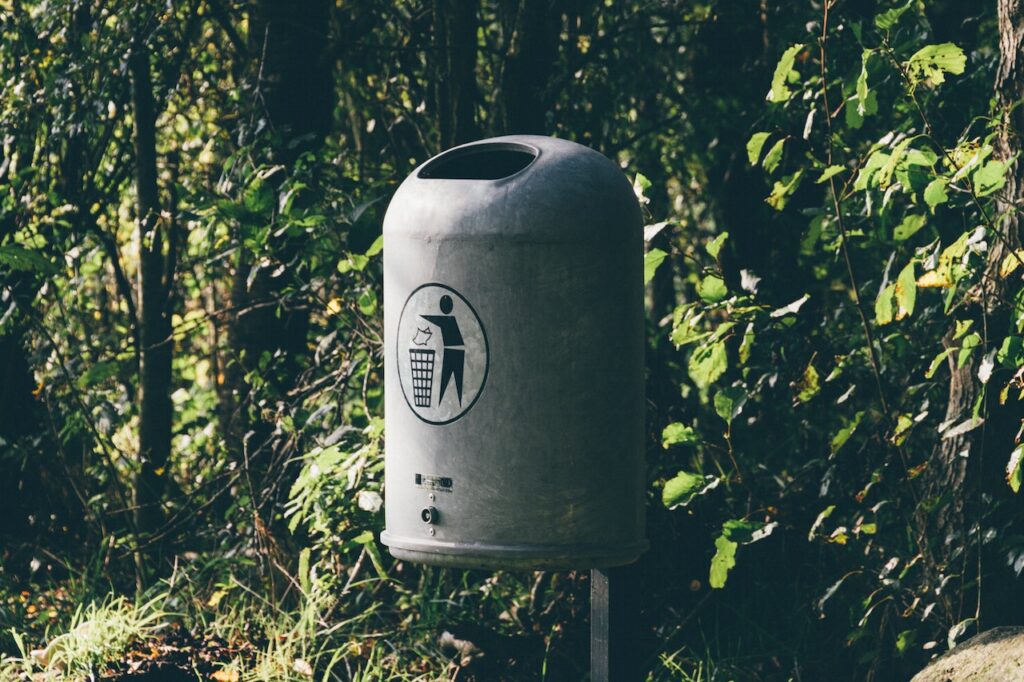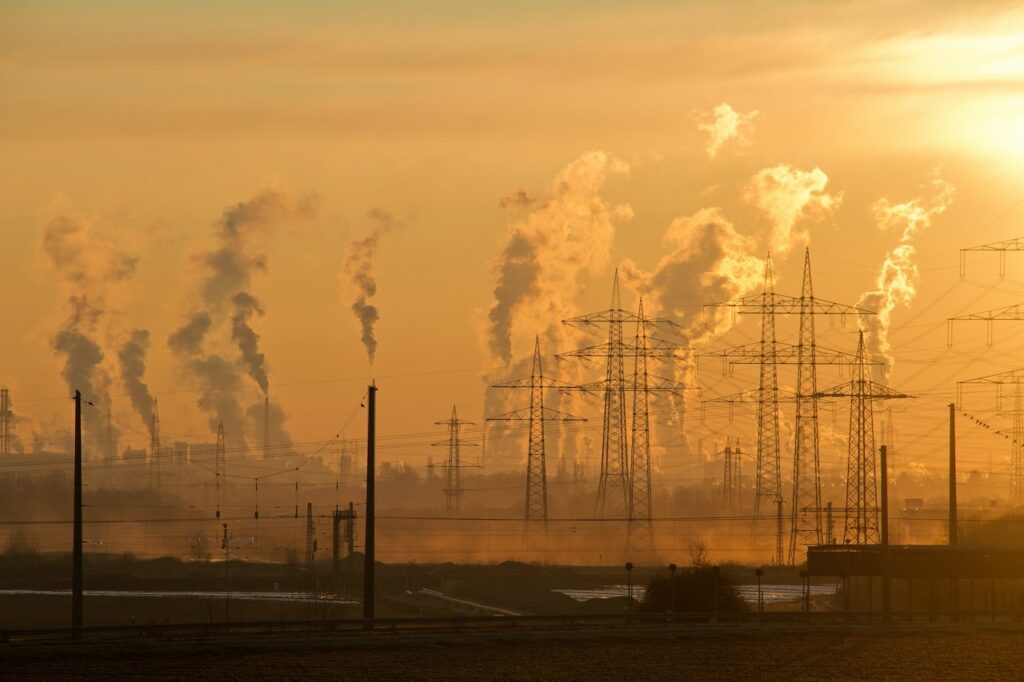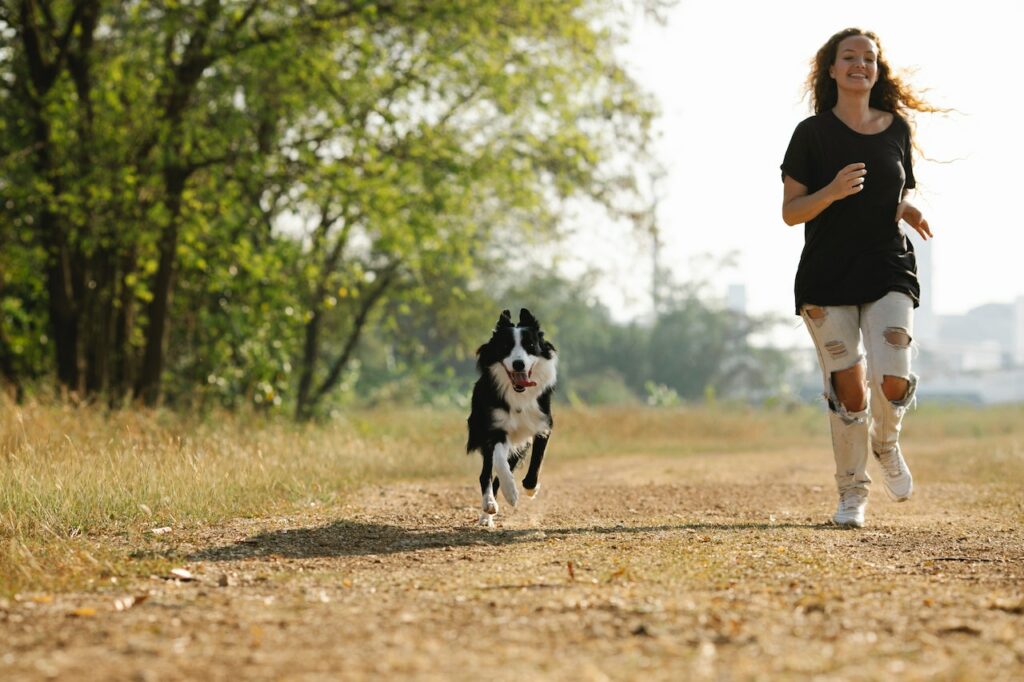In this day and age, pets play a significant role in our lives. They offer companionship, emotional support, and countless joyous moments. But like every human activity, pet ownership has an impact on the environment. This article aims to discuss the environmental consequences of pet ownership, both positive and negative.
Importance of understanding the environmental impacts of pet ownership
Understanding the environmental impact of pet ownership is vital. With increasing global awareness of environmental issues and sustainability, our everyday choices are under scrutiny, including our decision to own pets. Unpacking these impacts can guide us toward more sustainable practices and contribute to global environmental conservation efforts.
The Scope of Pet Ownership
Current statistics and trends in pet ownership globally
According to the American Pet Products Association (APPA), as of 2022, 67% of U.S. households, or about 85 million families, own a pet. This trend is not limited to the United States; pet ownership is a widespread phenomenon globally. In countries like the United Kingdom and Australia, more than half of the households own a pet. The growth of pet ownership is further fueled by the ongoing pet humanization trend, where pets are increasingly treated as family members.
Breakdown of most common types of pets owned
The most common types of pets owned worldwide are dogs and cats, followed by fish, birds, and small mammals like rabbits and hamsters. According to the APPA, there were an estimated 90.2 million dogs and 94.2 million cats in the U.S. in 2022. This high number of pet animals has a significant impact on the environment, which we will explore in the following sections.
The Direct Environmental Impacts of Pet Ownership

Food Consumption and waste production
Pets, particularly carnivorous ones such as cats and dogs, contribute to greenhouse gas emissions through their food consumption. The process of producing pet food, which often contains meat, involves carbon-emitting activities like livestock rearing and transportation. Moreover, pets’ waste products also generate methane, a potent greenhouse gas.
Emissions from pet products (toys, beds, etc.)
The manufacturing and disposal of pet products such as toys, bedding, carriers, and grooming supplies also contribute to environmental degradation. Production of these items requires raw materials and energy, often sourced from fossil fuels. Disposal of used pet products, many of which are not biodegradable, adds to landfill waste and can lead to water and soil pollution.
Impact of exotic pets on biodiversity
Exotic pets can have a profound impact on biodiversity. When these pets escape or are released into the wild, they can become invasive species that disrupt local ecosystems, outcompeting native species for resources and potentially causing their decline or extinction. Additionally, the illegal wildlife trade, often connected to exotic pet ownership, contributes to a loss of biodiversity in the animals’ native regions.
Overpopulation and stray pets
Pet overpopulation, particularly of dogs and cats, leads to a large number of stray animals. These animals can have a significant impact on local wildlife, predating on native species, competing for resources, and potentially spreading diseases. This issue is particularly acute in urban areas, where strays can disrupt local ecosystems and contribute to disease transmission among humans.
The environmental impact of dogs and cats
Dogs and cats, the most common pets, have a substantial environmental footprint. According to a study by UCLA, dogs and cats’ food consumption alone accounts for about 25-30% of the environmental impact from animal production in terms of the use of land, water, fossil fuel, phosphate, and biocides. Furthermore, dogs and cats produce about 5.1 million tons of feces annually, roughly equivalent to the total trash production of Massachusetts. This significant impact underlines the need for responsible and sustainable pet ownership.
Indirect Environmental Impacts of Pet Ownership

Resource consumption (water, energy)
Pets require significant resources, including water and energy. For instance, maintaining an aquarium can significantly increase household energy consumption. Additionally, the water needed to manufacture pet food, particularly meat-based products, is considerable. Thus, pets indirectly contribute to water scarcity and increased energy demand.
Disposal of pet products and waste
Improper disposal of pet waste can lead to water pollution, affecting both groundwater and surface water sources. Pet waste contains nutrients and pathogens that can contaminate water bodies and harm aquatic life. Also, many pet products, like plastic toys and non-biodegradable litter, end up in landfills, contributing to soil pollution and solid waste management challenges.
The role of the pet industry in environmental degradation
The pet industry plays a significant role in environmental degradation. From the production of pet food and accessories to the construction of pet care facilities, the industry consumes vast amounts of resources and produces considerable waste. The pet industry also plays a role in promoting certain breeds or types of pets, which can contribute to overpopulation and biodiversity loss.
Comparing Pet Carbon Footprints
Comparison of the carbon footprints of different pet types
Different types of pets have varying carbon footprints. Dogs and cats, due to their dietary requirements and the range of products associated with their care, generally have higher footprints than smaller pets like hamsters or fish. However, even within the same species, a pet’s size can significantly affect its footprint. For instance, larger dog breeds typically consume more food and thus have a larger carbon footprint than smaller breeds.
Comparing the carbon footprint of pets to other common household activities
To put pet ownership into context, it’s helpful to compare it to other common household activities. For instance, a medium-sized dog’s carbon footprint may be comparable to that of a large SUV, while a cat’s could be similar to a small car. This surprising fact highlights the importance of considering pets when thinking about household environmental impacts.
Responsible Pet Ownership

Steps to Mitigate the environmental impact of pet ownership
Responsible pet ownership includes taking steps to minimize the environmental impact. Some methods include feeding pets a balanced, sustainably sourced diet; composting or using biodegradable bags for pet waste; using eco-friendly pet products; and neutering pets to prevent overpopulation.
Eco-friendly pet products and services
A growing number of eco-friendly pet products and services are available to help pet owners reduce their environmental impact. These include pet food made from sustainable ingredients, biodegradable pet waste bags, and toys made from recycled materials. Some pet services also focus on sustainability, such as pet sitters who use green transportation methods.
Adoption and rescue services versus breeders
Adopting pets from shelters or rescue services can also reduce environmental impact by helping to control pet overpopulation and reducing the demand for breeding. In contrast, some breeding practices can contribute to overpopulation, genetic health problems, and the abandonment of unwanted pets.
The Role of Policy in Addressing Environmental Impacts of Pets
Current laws and regulations about pets and their environmental impact
There are various laws and regulations aimed at controlling the environmental impact of pets. For example, many areas require pet owners to pick up and properly dispose of pet waste. Some regions also have laws against releasing pets into the wild due to the risk of them becoming invasive species.
Case study: Policy changes and their effects
A case study in policy changes can illustrate the potential impact of legislation on mitigating the environmental impact of pets. For instance, in some European cities, policies promoting responsible pet ownership and mandatory sterilization of cats have helped control stray populations and reduce their environmental impact.
Proposals for future policy changes
Looking forward, policy changes could further help reduce the environmental impact of pets. These might include stricter regulations on the pet product industry, requiring them to use sustainable and recyclable materials, or introducing incentives for adoption and spay/neuter programs. These proposals highlight the need for ongoing research and policy development to promote sustainable pet ownership.
Conclusion
Recap of the environmental impacts of pet ownership
In conclusion, pet ownership significantly impacts the environment. From the carbon footprint associated with pets’ diets to the indirect effects of the consumption of water and energy, the footprint is considerable. Exotic pets can disrupt biodiversity, and pet overpopulation poses an additional environmental burden. While pets can enrich our lives in many ways, it’s essential to recognize and mitigate these impacts.
The importance of eco-conscious pet ownership
The environmental impacts of pet ownership underline the importance of eco-conscious pet ownership. As pet owners, we can take many steps to lessen our pets’ environmental impact, including choosing sustainable pet products, managing waste properly, and considering adoption over purchasing from breeders.
Future research directions in this field
More research is needed to fully understand the environmental impacts of pet ownership and identify effective mitigation strategies. Areas of interest include improving the sustainability of the pet food industry, the environmental impact of various types of pet toys and accessories, and the effectiveness of policy interventions. It is our hope that through continued research and conscientious action, we can continue to enjoy the many benefits of pet ownership while minimizing the harm to our planet.
